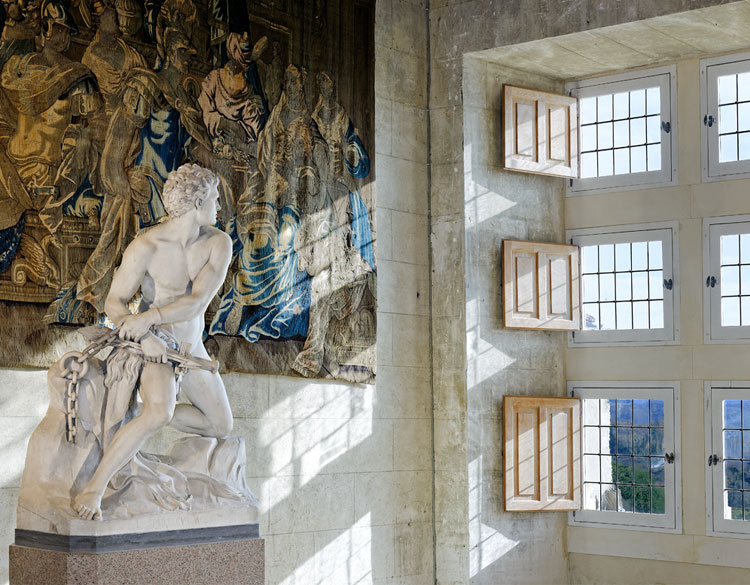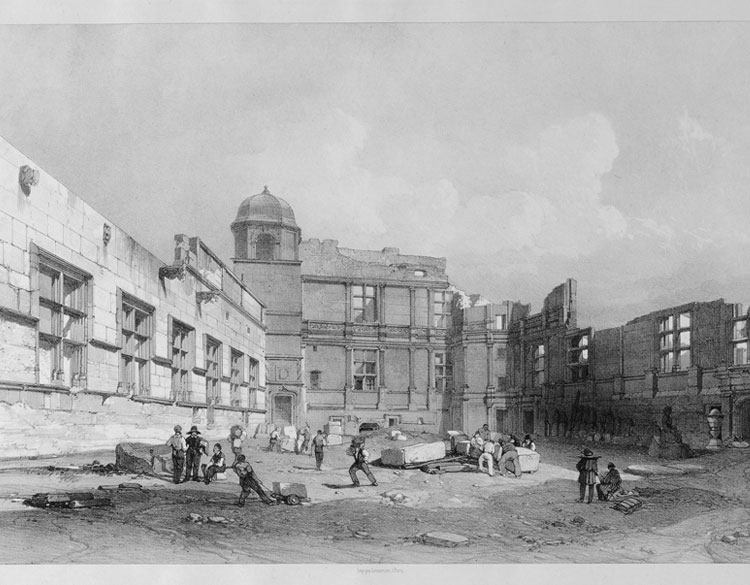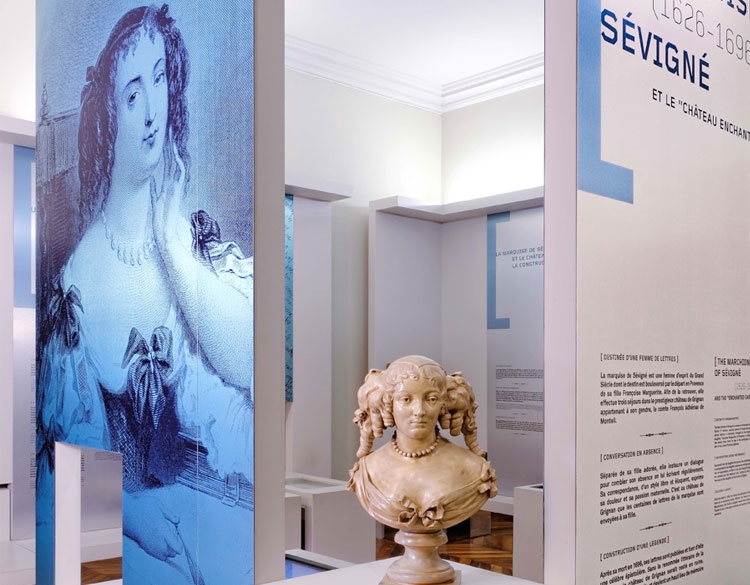A Renaissance and classical palace
In the heart of the Drôme provençale, dominating plains and mountains, the Château of Grignan is built on a rocky headland overlooking the village. A witness of the French Renaissance architecture and classicism, the edifice has had an eventful history. A fortified castle mentioned as early as the 11th century, it was transformed during the Renaissance into a prestigious "pleasure residence" by the Adhémar family. In the 17th century, the Marquise of Sévigné stayed in it by her daughter Françoise-Marguerite's side. Dismantled at the Revolution then rebuilt at the beginning of the 20th century, it has belonged since 1979 to the Drôme Department which is pursuing an ambitious program of restorations and purchases. The Château of Grignan which became a Listed Building (Monument historique) in 1993 and received the Musée de France label, accounts of the art of living at different periods. This enchanting place is also used for a cultural program throughout the year.
This enchanting place also offers cultural programming throughout the year: theater, music ... Also find our offers of tourist and cultural experiences throughout the territory.






